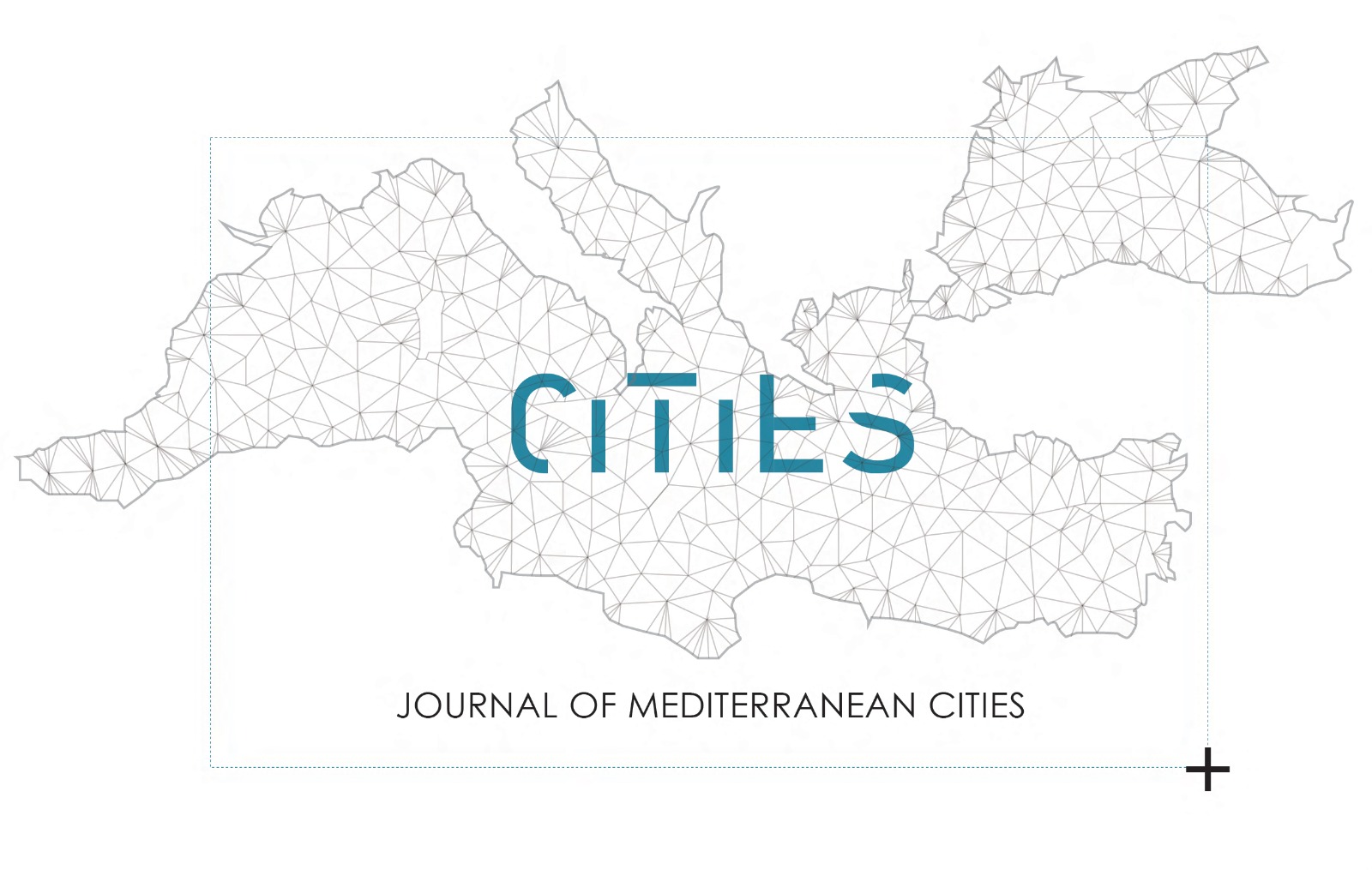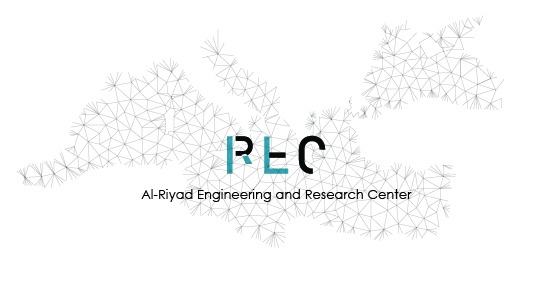City Sediments in Beirut: An Urban Ecology Perspective
DOI:
https://doi.org/10.38027/mediterranean-cities_vol3no1_8%20Keywords:
Urban Ecology; Beirut; Urban Sediments; Dynamic OrganismAbstract
Cities are products of urbanization processes, economic changes, technology and climate change. Adversely, in specific contexts, they are affected by wars’ enduring physical effect, long after armed conflicts are over. Hence cities are perceived as dynamic organisms, in continuous change of spatial abandonment, neglect and regeneration process, unfolding a continuum of space and time. In tandem between urban ecology and the urban history specificities, this paper addresses Beirut as a case study in its actual condition, and the different representations of the informal resurgence of green areas. It follows a methodology of identification and mapping of the different urban sediments which constituted over time potential reservoirs for urban ecology. These include previous war demarcation line, train tracks traces, cemeteries, destroyed wheat silos following the 2020 port explosion and other liminal spaces. This approach brings in a new perspective for approaching urban ecology differently according to the urban contexts historiography
Downloads
Published
How to Cite
Issue
Section
License
Copyright (c) 2023 Nadine Hindi

This work is licensed under a Creative Commons Attribution 4.0 International License.
This Journal is published through an Open Journal Systems as part of the Public Knowledge Project (PKP).
This Journal is licensed under a Creative Commons Attribution 4.0 International (CC BY)


 Journal of Mediterranean Cities
Journal of Mediterranean Cities


















